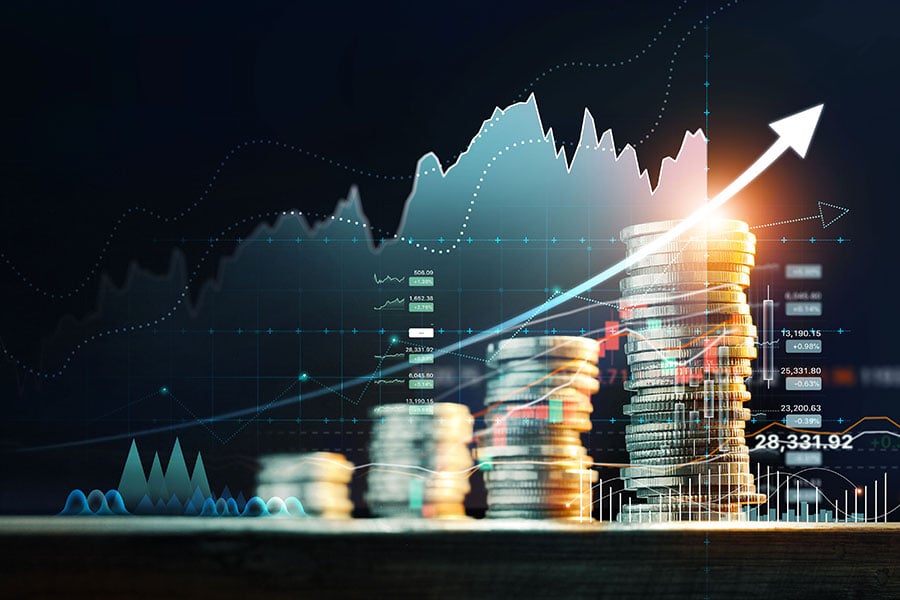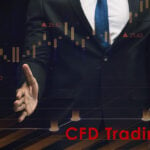Bretton Woods and The Forex Trading History
The history of Forex trading dates back to the Bretton Woods Agreement of 1944. Prior to this agreement, international trade was conducted using the gold standard, in which countries pegged their currencies to the price of gold. However, this system was not sustainable in the long term, as it did not account for the fact that the supply of gold was not sufficient to meet the growing demand for international trade.
The Bretton Woods Agreement was an effort to create a more stable international monetary system. Under this agreement, countries pegged their currencies to the US dollar, which in turn was pegged to the price of gold. This system was intended to provide stability and predictability for international trade, but it was not without its flaws.
One major problem with the Bretton Woods system was that it did not account for the fact that the value of the US dollar would fluctuate based on economic conditions. Additionally, the US government’s commitment to maintaining the value of the dollar was not always consistent, leading to a lack of trust in the system.
In 1971, the US government abandoned the gold standard, effectively ending the Bretton Woods system. This marked the beginning of the modern era of Forex trading. With the US dollar no longer pegged to gold, currency values began to float freely against one another.
This new system, known as floating exchange rates, allowed for greater flexibility and responsiveness to market conditions. However, it also introduced a new level of volatility and uncertainty. As a result, traders and investors had to adapt to a new set of risks and opportunities.
One of the key developments in the evolution of Forex trading was the introduction of electronic trading platforms. Prior to the advent of these platforms, trading was conducted primarily over the telephone or via face-to-face negotiations. The introduction of electronic trading platforms made it possible for traders to access the market from anywhere in the world, and to execute trades in real-time. This led to a significant increase in the number of participants in the Forex market, and a corresponding increase in the amount of trading activity.
Another key development was the introduction of online Forex brokers. These brokers made it possible for individual traders to access the market with relatively small amounts of capital. This democratized the Forex market, making it accessible to a much wider range of participants.
The advent of online trading also led to the development of new trading tools and strategies. One of the most significant of these was algorithmic trading, which uses computer algorithms to execute trades based on pre-determined rules. This has greatly increased the efficiency and speed of trading and has led to the development of new trading strategies such as high-frequency trading.
The rapid advancement of the internet and mobile technology has also had a significant impact on the Forex market. Today, traders can access the market from anywhere in the world, and can execute trades in real-time using their mobile devices. This has greatly increased the accessibility of the market and has led to a significant increase in the number of traders and investors participating in the market.
The evolution of Forex trading has also led to the development of new regulatory frameworks. Governments and regulatory bodies around the world have introduced rules and regulations to protect traders and investors from fraud and manipulation. This has helped to increase transparency and stability in the market, making it a safer place for traders to invest their money.
One of the latest trends in forex trading is the use of artificial intelligence and machine learning to inform trades. These technologies can analyze vast amount of data, making predictions about the market behavior, and making trades based on the predictions. This could be a game changer for the forex market, increasing the efficiency and precision of trades.
Another trend that is shaping the future of forex trading is the use of blockchain technology. Blockchain allows for decentralized and transparent transactions, making it a secure and efficient way to conduct trades. This technology is already being adopted by some forex brokers, and it is expected to become more widespread in the coming years.
In summary, the forex market has undergone significant changes since the Bretton Woods Agreement, and it will continue to evolve with the advancements in technology. Traders must keep themselves updated with the latest trends and developments in the market to make informed decisions. As always, the key to success in forex trading is to have a well-defined strategy, to manage risks and to maintain discipline.







